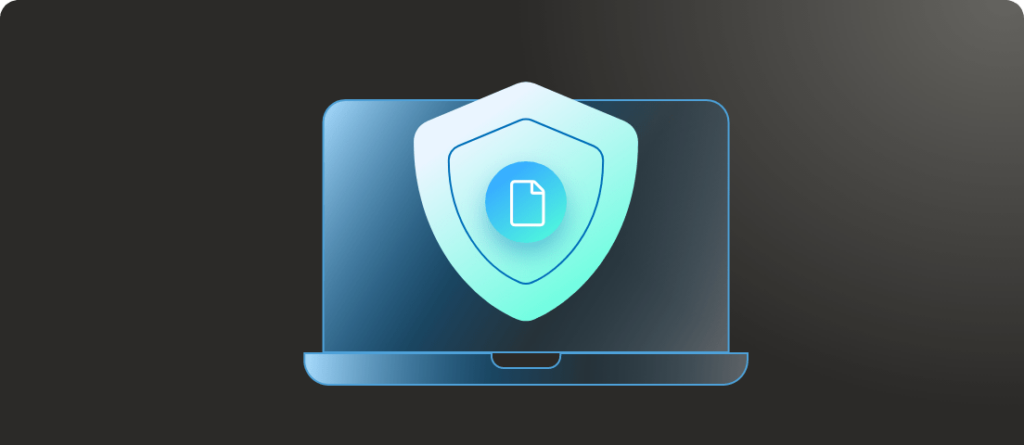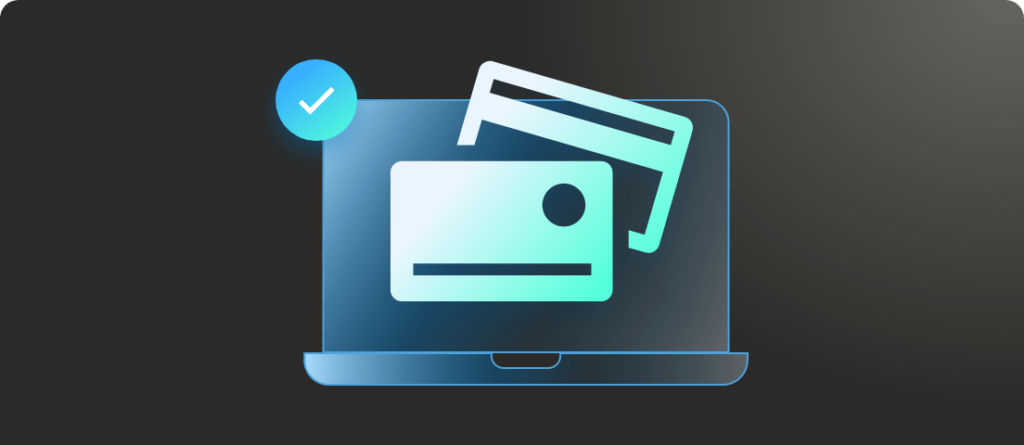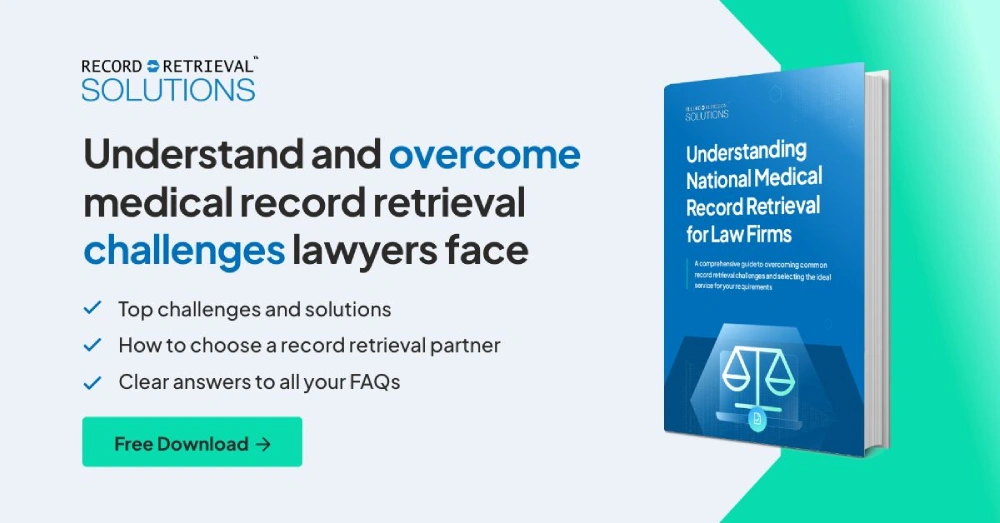Medical Record Retrieval
Fast, easy access to client medical records helps lawyers and law firms settle cases faster and frees them to focus on more valuable work.
Our National Average Turnaround Time for Record Retrieval Is:
Our National Average Turnaround Time for Record Retrieval Is:
Do you recognize these challenges?
- Record retrieval is a time-consuming task. We can’t always dedicate resources for it.
- We don’t understand the record retrieval process or how to ensure timeliness and quality.
- Our record providers are unpredictable and uncommunicative, so we have to keep following up with them.
- We work on a contingency basis and need faster turnaround times to maintain profitability.
- The records we receive are sometimes disorganized and incomplete, so we waste more time with follow-ups.
- We need to have our records certified by the record providers.
How we will help you
 Our people and technology remove the burden of retrieving records, so you can concentrate on higher value tasks.
Our people and technology remove the burden of retrieving records, so you can concentrate on higher value tasks.
How we will help you
 With 30+ years of experience, we know exactly how and where to get the medical records you need for your cases.
With 30+ years of experience, we know exactly how and where to get the medical records you need for your cases.
How we will help you
 Book a demo of our customer portal to see how it lets you know the status of your request at any time.
Book a demo of our customer portal to see how it lets you know the status of your request at any time.
How we will help you
 Our average turnaround is 16 days, thanks to our streamlined processes and experienced record retrieval specialists.
Our average turnaround is 16 days, thanks to our streamlined processes and experienced record retrieval specialists.
How we will help you
 Our QC ensures all records are complete; if they’re not, we follow up with the provider so you don’t have to.
Our QC ensures all records are complete; if they’re not, we follow up with the provider so you don’t have to.
How we will help you
 Our standard service ensures all records are certified before delivery.
Our standard service ensures all records are certified before delivery.
How we will help you
 Our people and technology remove the burden of retrieving records, so you can concentrate on higher value tasks.
Our people and technology remove the burden of retrieving records, so you can concentrate on higher value tasks.
How we will help you
 With 30+ years of experience, we know exactly how and where to get the medical records you need for your cases.
With 30+ years of experience, we know exactly how and where to get the medical records you need for your cases.
How we will help you
 Book a demo of our customer portal to see how it lets you know the status of your request at any time.
Book a demo of our customer portal to see how it lets you know the status of your request at any time.
How we will help you
 Our average turnaround is 16 days, thanks to our streamlined processes and experienced record retrieval specialists.
Our average turnaround is 16 days, thanks to our streamlined processes and experienced record retrieval specialists.
How we will help you
 Our QC ensures all records are complete; if they’re not, we follow up with the provider so you don’t have to.
Our QC ensures all records are complete; if they’re not, we follow up with the provider so you don’t have to.
How we will help you
 Our standard service ensures all records are certified before delivery.
Our standard service ensures all records are certified before delivery.
Our Medical Record Retrieval Service
Request and receive your records through our simple and secure online portal. You can log in at any time to check the status of a request. All records are verified for accuracy and then delivered electronically.
You’ll enjoy both speed and convenience: deliveries average 16 days, and records can be Bates-labeled, sorted, categorized, made searchable, and delivered to third parties.
You will have complete transparency: Unresponsive or uncooperative record providers are handled by our team of industry-connected experts to minimize delays.
Requesting medical records with RRS:
How it works
Send your record request through our secure online portal. Within one business day, we’ll verify your request is complete and accurate and forward it to the medical provider.
Our results are fast and consistent because we’ve developed connections with providers nationwide. If it’s our first time contacting a provider, our retrieval specialists have the expertise to find the right people there to facilitate the process and get the records as quickly as possible.
Proactive follow-through on record requests
Starting with confirming your request has been received, we consistently follow up with providers to ensure they are working as quickly as possible.
Occasionally, a provider or custodian refuses to move quickly. If that happens, we automatically persist with numerous follow-ups. We own the process end to end and are committed to minimizing your time and effort.
We know that as soon as we send over a request, the RRS team will start working to get us our records as quickly as possible.
Law Offices of Edward A. Smith
24/7 access to record request status
You can monitor the progress of your request at any time through our client portal. We offer full transparency. All communication with the record providers — every call we make, every letter we send, and all of their replies — is logged, so you can always know the status of your request.
I can access the website and see all of the notes and the progression of contacts and attempts. That way, when my boss is asking about status, I have an answer for him.
Cindy Lema
Shergill Law Firm
All retrieved records are verified and quality checked to ensure:
- The patient identification information matches your request.
- Complete and correct records were received (medical, billing, radiology, etc.).
- The records are within the time frame requested.
- The records are fully legible — not blurred, cut off, or otherwise mangled by copiers or faxes.
Save even MORE time by having us:
Deliver records to opposing counsel or other third parties
Make your records keyword-searchable with OCR (optical character recognition)
Bates label your records
Organize, sort, and categorize your records
Create thorough and convenient indexes for your records
Discover all our services
Get medical record retrieval, treatment chronologies, provider reports, and more.
Secure and high-value medical record retrieval for lawyers and law firms

Security
HIPAA-compliant record handling
With RRS, you receive much more than efficient access to medical records.
Simple medical record retrieval with RRS
Our process is as easy as 1-2 !
- Average delivery time is 16 days.
- If allowed, our licensed agents will pick up, copy, and digitize paper records (California only).
- “No Records Found” certificates are issued automatically.
Submit your medical record request through our online portal, then go on to more important work.
Your records will be available for download through our secure, encrypted online portal.
- Average delivery time is 16 days.
- If allowed, our licensed agents will pick up, copy, and digitize paper records (California only).
- “No Records Found” certificates are issued automatically.



